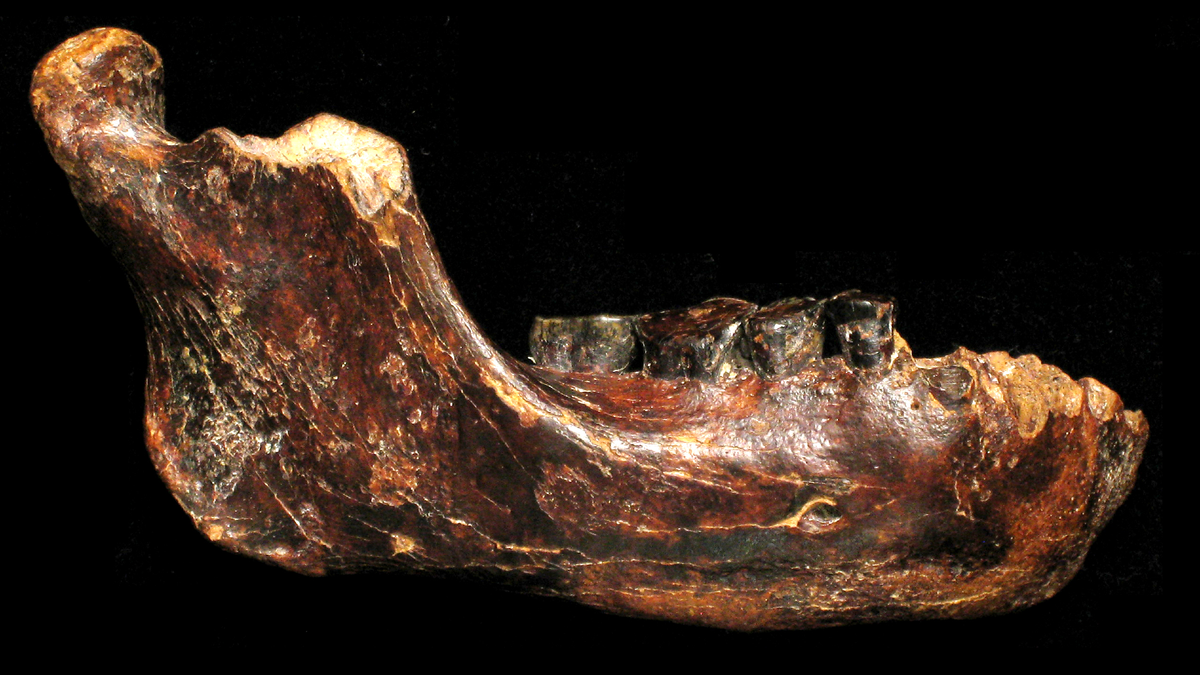Now Reading: Rare Denisovan Jawbone Reveals Human Ancestors’ Reach Across Asia
-
01
Rare Denisovan Jawbone Reveals Human Ancestors’ Reach Across Asia
Rare Denisovan Jawbone Reveals Human Ancestors’ Reach Across Asia

Quick Summary
- A human jawbone, Penghu 1, found off Taiwan’s coast has been identified as belonging to Denisovans, an extinct human relative.
- The jawbone was discovered in the early 2000s and analyzed via paleoproteomics, which studies ancient proteins.
- The findings suggest Denisovans were widely distributed across Asia during the Pleistocene epoch.
- This specific specimen could potentially date between 10,000-70,000 or 130,000-190,000 years ago; precise dating is uncertain due to water damage.
- Denisovans shared Asia with Neanderthals and showed distinct physical traits such as robust jaws and large teeth.
- Researchers increasingly use paleoproteomics to analyze fossils lacking DNA evidence for identification and evolutionary insights.
!Denisovan Jawbone
A photograph of the right side of the Penghu 1 lower jawbone that was found off the coast of Taiwan. (Image credit: Yousuke Kaifu)
!Denisovan Illustration
An illustration showing what a male Denisovan represented by Penghu 1 might have looked like. (Image credit: Cheng-Han Sun)
!Distribution Map
A map displaying Denisovan fossil distribution around Southeast asia along with views of Penghu’s jawbone specimen. (image credit: Takumi tsutaya)
Indian Opinion Analysis
This finding reinforces our understanding of early human migration patterns in Eurasia during the Pleistocene epoch while showcasing advancing methodologies like paleoproteomics for identifying ancient fossils without DNA evidence. Importantly for India-as part of broader Asian migratory routes-this research underscores how diverse hominin species adapted to varying environments across continents spanning tropical zones like taiwan to colder ones such as Siberia. It highlights potential connections within prehistoric anthropology that could be tapped further through discoveries in South Asia’s fertile archaeological sites as India itself remains key in tracing evolutionary footprints given its geographical significance over millennia.
The study also holds implications for our ability to reconstruct histories from fragmentary specimens stored under challenging conditions (e.g., riverbeds).Continued exploration may better illuminate India’s own interrelations with global migrations or add dimensions toward mapping ancient ecosystems hosting varied Homo species.




























